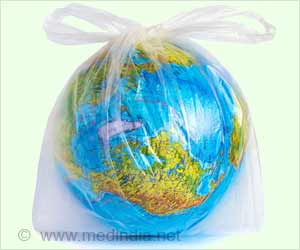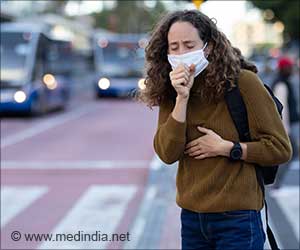A study indicates an extreme scarcity of fresh water in the central pacific. The study initiated by UNESCO International Hydrological Program and supported by the Australian Centre for International Agricultural Research, the Government of France, the Australian Academy of Science, the Australian Research Council and the European Union Pacific Water Governance Program has revealed that the ground water in the central Pacific nation of Kiribati has been deteriorating since 1996 due to some natural causes and human negligence.
An International Symposium on Groundwater Resources Assessment under the Pressures of Humanity and Climate Change was held in Kyoto in April 2006, It was coordinated by the Japanese Research Institute for Humanity and Nature.Very limited land areas and extremely permeable coral soils in atolls reduce surface runoff to insignificant amounts and decrease the potential for surface storages of water. This means thin lenses of fresh groundwater floating over seawater are the major source of reliable freshwater for people in many atolls.
The team found that both the quantity and salinity of atoll groundwater is extremely vulnerable to frequent ENSO-related droughts. Droughts can last as long as 4 years and occur with a frequency of one significant drought, coupled to La Niña events, every 6-7 years. In long droughts domestic water wells are often too salty too drink and some communities have to rely on large groundwater lenses or on coconuts.
Population growth due to natural increases, inward migration and urbanization mean that fresh groundwater sources are reaching their limit of sustainable supply in urban South Tarawa in Kiribati.
Groundwater can become salty due to over-pumping or inappropriate methods of pumping. Long, horizontal infiltration pumping galleries or “skimming wells”, placed just beneath the groundwater table (the top layer of soil and rock that is saturated with water) provide the best method of skimming off lower salinity groundwater.
The study team tested the impact of infiltration galleries on lowering the watertable and on salinity. The researchers also used the results to examine how the permeability of the coral sands varied across islands and found that surface contaminants could reach shallow fresh groundwater within an hour of being split on the soil surface.
Advertisement
These included: providing a sound institutional basis for the management of water and sanitation; improving community participation in water and related land planning and management; increasing the capacity of villagers and local agencies to manage water and sanitation under variable climates; improving knowledge of available water resources and demand for them; improving water conservation and demand management and reducing leakages; increasing the use of rainwater by households and communities; protecting groundwater source areas from contamination; improving sanitation systems to minimize water use and groundwater pollution; and ensuring that water aid programs are long-term partnerships that foster local engagement and ownership of solutions.
Advertisement
Source-Eurekalert
BIN/J








